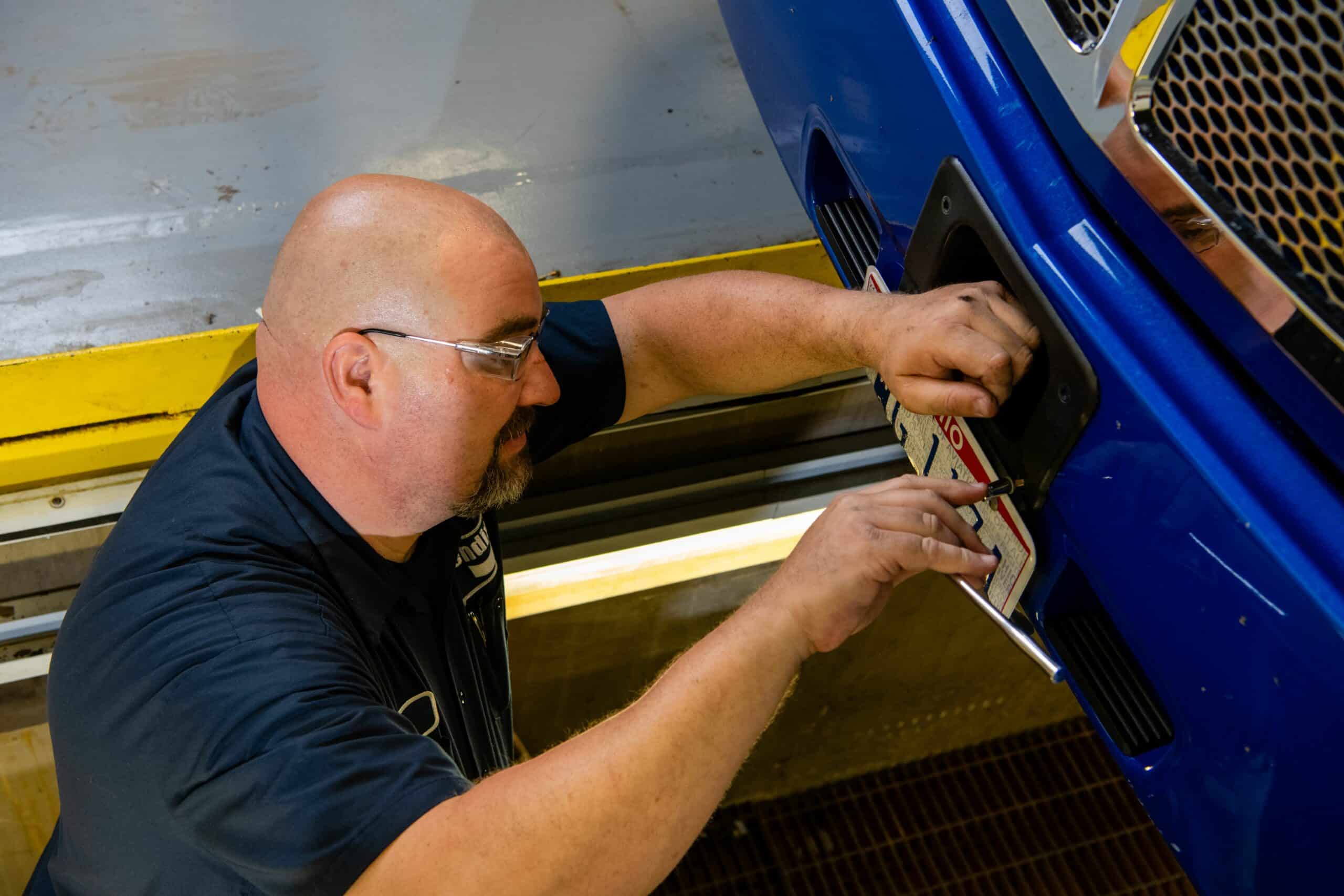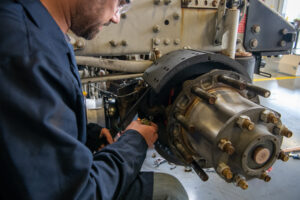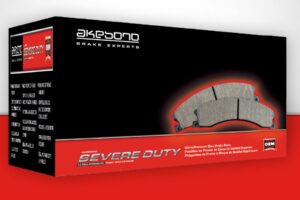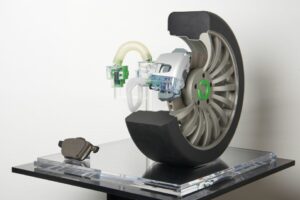AVON, Ohio – Advanced driver assistance system (ADAS) technologies for big rigs are advancing rapidly – and fleets are adopting them in increasing numbers. Forward collision mitigation systems, for instance, assist safe truck drivers to potentially mitigate front-leading collisions, and truck manufacturers are making them standard. Systems like electronic stability control have already been mandated.
Like all other systems on a commercial vehicle, ADAS technologies must be properly maintained to operate most effectively. Improperly maintained systems run the major risk of being unavailable or not operating to their fullest capacity. A system not performing to expectations can also contribute to driver frustration when behind the wheel, hindering acceptance of the technology.
This installment of the Bendix Tech Tips series provides fleets and drivers with advice on maintaining advanced driver assistance technologies and components – including antilock braking and stability systems, cameras, radar, and electronic control modules – so that they provide maximum benefit.
ABS and Stability Matters
“Keep in mind that ADAS technologies are built on the foundation of antilock braking systems (ABS) and electronic stability control (ESC) technologies,” said Fred Andersky, director – demos, sales, and service training at Bendix. “A fault with the ABS system or ESC system – at Bendix, ESC is known as Electronic Stability Program (ESP) – means that the ADAS system may not be available.”
One ABS concern centers on wheel-speed sensors, which can be susceptible to chassis harness issues such as rubs and chafing, as well as issues occurring when service is done at the wheel-end. The sensor may become nonfunctional, a wire may be severed, or a sensor is not close enough to the tone ring.
For stability control, an issue that may arise can be the steering angle sensor falling out of calibration. This can sometimes happen after a front-end alignment, so it’s important to calibrate the sensor after any work done on the front end.
Another stability control issue is rare but does occur: the incorrect placement of a lateral acceleration/yaw rate sensor after work on the frame rail or chassis modifications. If this sensor is moved or not returned to the correct orientation, then a fault may result with the stability control system.
“Sometimes systems can show a diagnostic trouble code (DTC), and a simple key cycle of the ignition key – done off road in a safe area – can clear it,” said Brian Screeton, manager – technical training and service at Bendix. “DTCs like this can be caused by road conditions or the terrain that the vehicle is operating in. It’s always important to first try and clear the DTC by restarting the vehicle. If it returns after restarting, the vehicle should be taken to a qualified repair facility immediately.”
To view the entire ADAS tech tip, click HERE.








